The mosquitoes linked to Zika’s spread live in way more of the US than we previously thought
Most Americans don’t have to worry much about the Zika virus for the simple reason that the mosquitoes thought to spread the disease don’t live where they do. But many more Americans might be at risk than scientists and public health officials realize.
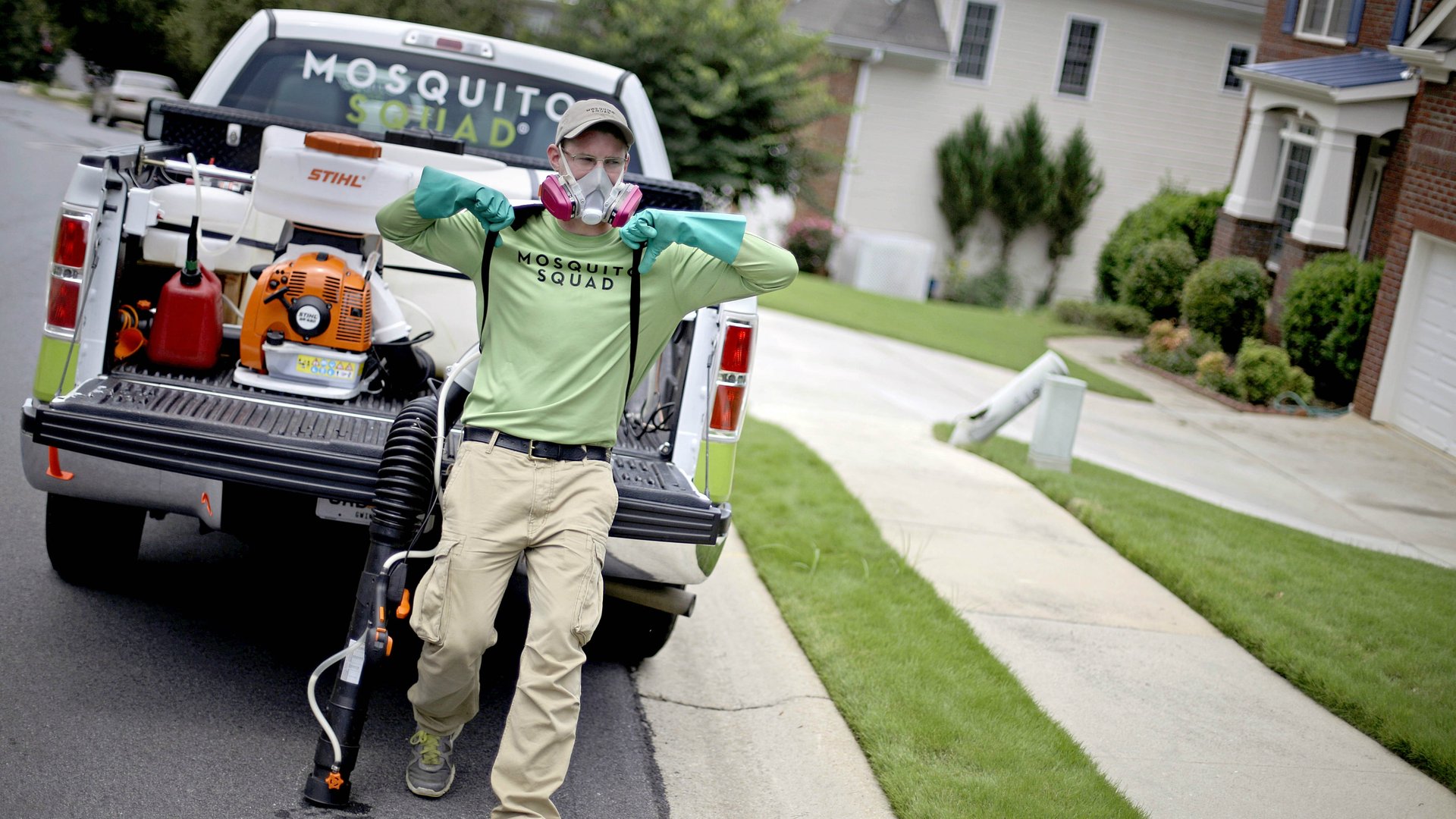

Most Americans don’t have to worry much about the Zika virus for the simple reason that the mosquitoes thought to spread the disease don’t live where they do. But many more Americans might be at risk than scientists and public health officials realize.
For the first time in more than a decade, the US Centers for Disease Control and Prevention (CDC) updated its estimated range for Aedes aegypti, the species that spreads dengue, yellow fever, chikungunya, and Zika.
And it reaches a lot farther north than its previous estimate. Here’s the old map:
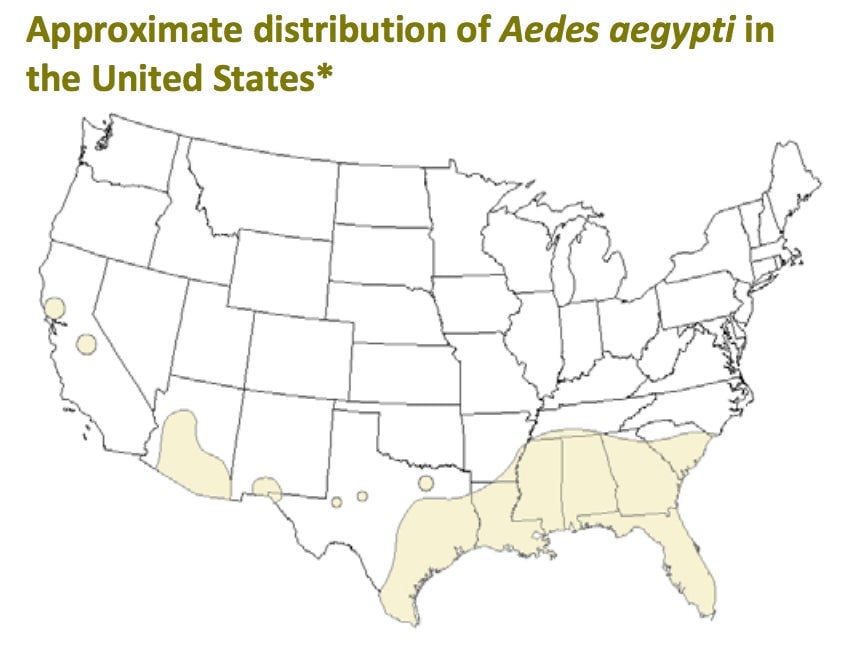
And the new one:
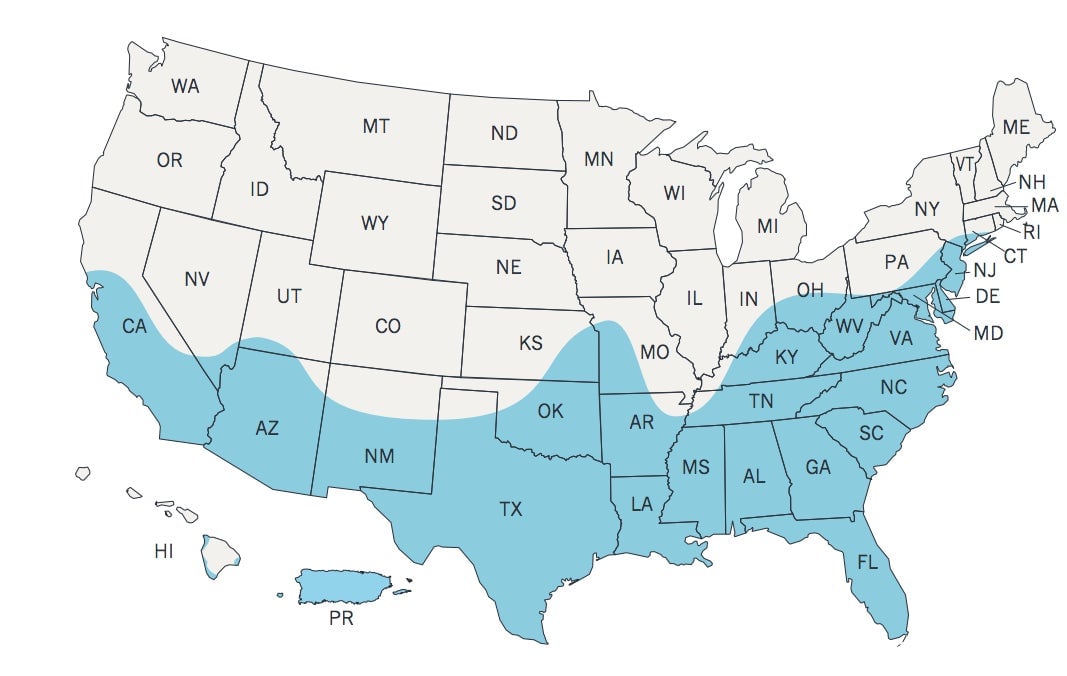
As you can see, that A. aegypti-friendly zone now reaches hundreds of miles further north than the last time the CDC mapped its range. In addition, the CDC has expanded the range for A. aegypti‘s cousin, the Asian tiger mosquito (Aedes albopictus), which might also be able to spread Zika. (The CDC is confident of the link, but research hasn’t yet demonstrated conclusively that these two mosquito species cause Zika.)
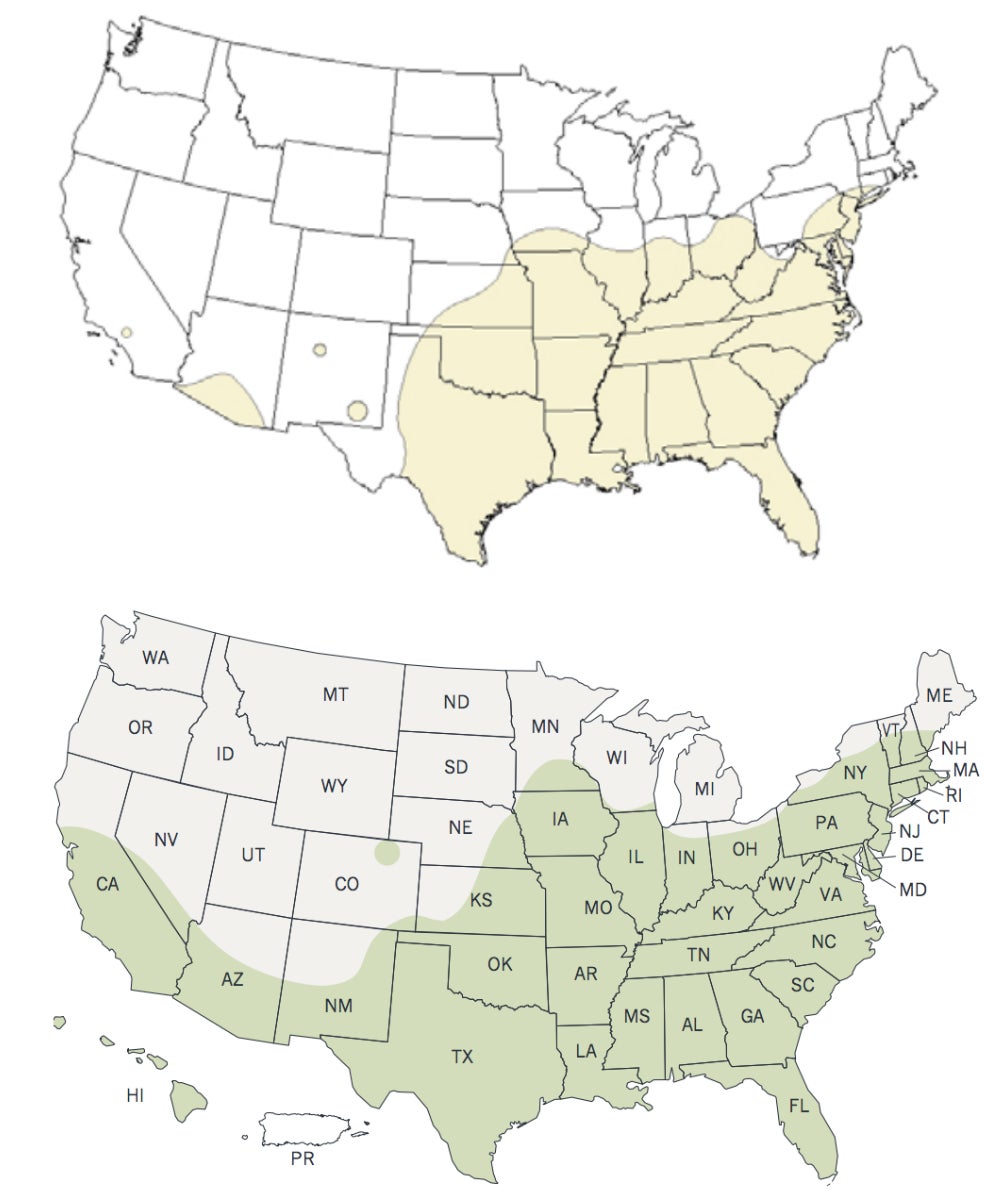
Mind you, this map doesn’t tell you much at all about your likelihood of getting Zika, says the CDC, or about mosquito density—and those are pretty important variables. An outbreak requires the perfect cocktail of three ingredients: the virus, people, and mosquitoes.
The US has the first condition; so far, more than 300 people have returned to America from abroad carrying Zika while traveling abroad.
However, it hasn’t yet been transmitted by mosquitoes on US soil. For that to happen, you need a Zika-susceptible mosquito first to pick up the virus by feeding on an infected human, and then to bite an uninfected human, giving him the virus. The more Zika-susceptible mosquitoes buzzing around, the likelier this becomes. On top of all that, though, people need to spend enough time outside to be bitten. The prevalence of cars and air conditioning—which keeps most people indoors during prime mosquito-bite months—means a big outbreak in most parts of the US is unlikely.
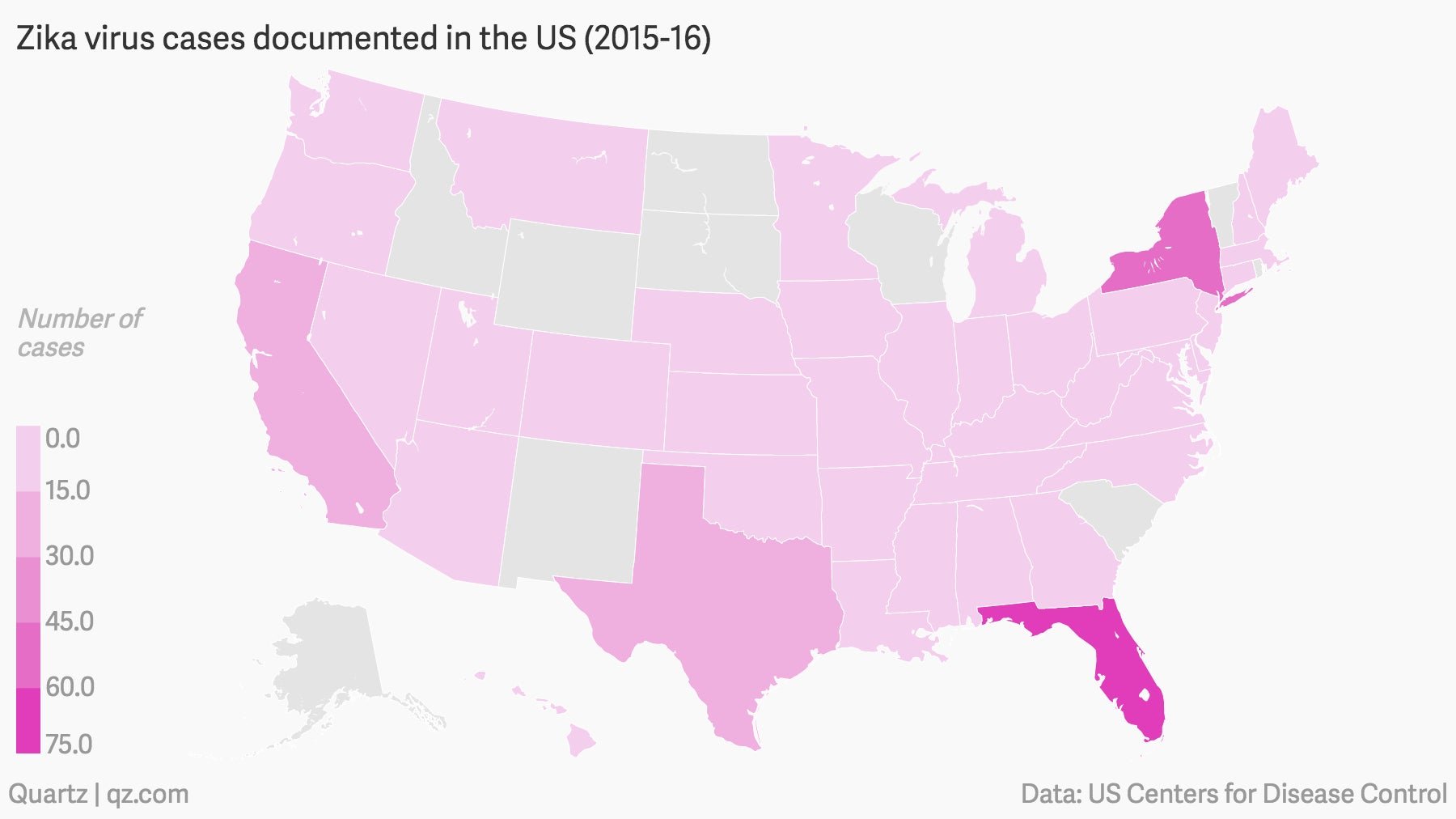
But, Zika doesn’t need a massive epidemic to damage human health (or a local economy). Its apparent link to birth defects implies that even a limited spread could alarm health officials and the American public.
Their aversion to cold weather means A. aegypti currently are a problem only in southern swaths of Florida and Texas. Their eggs, however, can survive colder climes. Come summer, a slew of cities face the risk of a Zika outbreak, according to a recent study in PLOS analyzing weather conditions and travel patterns. Bear in mind that this research reflects only part of the CDC’s expanded A. aegypti range, and none of the potential risk posed by A. albopictus.
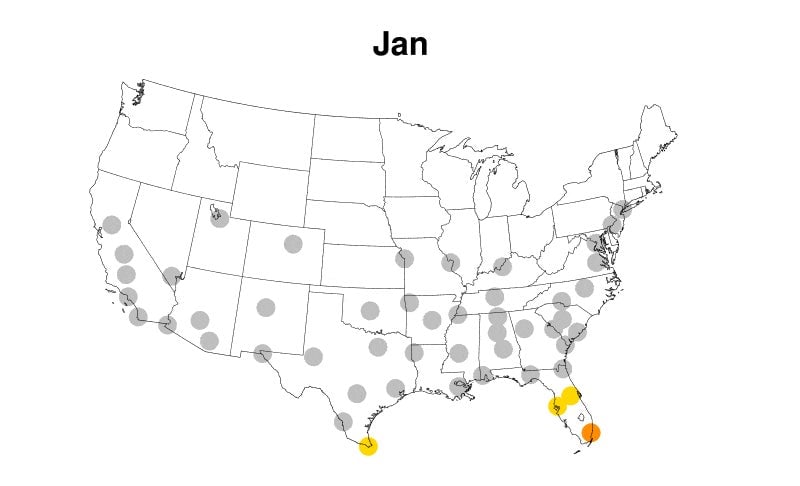
It also doesn’t account for local mosquito-killing efforts, such as pesticides. However, due to their preference for human habitats, A. aegypti can be trickier to spray away than you’d think. This is why Key West will soon launch the first trial of genetically modified mosquitoes on US soil, as Quartz explored in this in-depth feature and in our Actuality podcast (mp3).